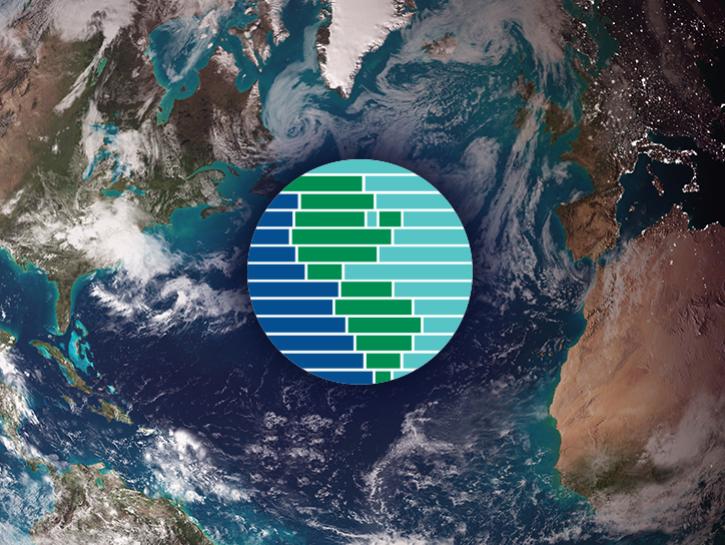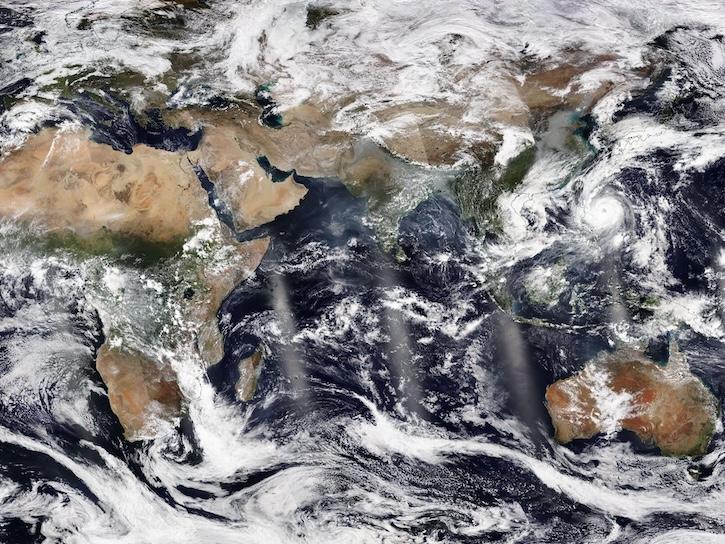Content from all Earth science data sites are migrating into this site from now until end of 2026. Not all NASA Earth science data will appear across the site until then. Thank you for your patience as we make this transition.
Read about the Web Unification Project
Heat Data Access and Tools
From discovery to visualization, data tools such as Giovanni, Panoply, and Application for Extracting and Exploring Analysis Ready Samples (AppEEARS) guide users in making the most of heat data.
Table of contents
Heat Data Tools
| Tool Sort descending | Description | Services | |
|---|---|---|---|
| AppEEARS | The The Application for Extracting and Exploring Analysis Ready Samples (AppEEARS) offers users a simple and efficient way to perform data access and transformation processes. | Search and Discovery, Subsetting, Customization, Downloading, Visualization | |
| Panoply | Panoply is a cross-platform application that plots geo-referenced and other arrays from netCDF, HDF, GRIB, and other datasets. | Visualization, Customization, Reformatting, Subsetting, Comparison | |
| TESViS | The Terrestrial Ecology Subsetting & Visualization Services Global Subsets Tool provides on-demand, customized subsets of several terrestrial ecology data products. | Visualization |
SHOWING 3 OF 3
Featured Heat Observation Method: MODIS
The Moderate Resolution Imaging Spectroradiometer (MODIS) continually collects data through its 36 spectral channels and can survey the entire Earth at least every two days. The MODIS instrument collects data useful in numerous disciplines, including measurements of land surface heat to discern how hot a region is and related topics, such as the locations of wildfires. Many MODIS products are available as real-time or near-real-time data.
Join us to learn how to discover, subset, access and visualize both MODIS and VIIRS data products using a suite of user-friendly tools developed by NASA's ORNL DAAC.
Observe changes in land surface temperature over the course of 2017, with NASA Terra Moderate Resolution Imaging Spectroradiometer (MODIS) images.
1 MIN READ
The Visible Infrared Imaging Radiometer Suite (VIIRS) will help ensure continuity of Earth observations after the upcoming retirement of the Moderate Resolution Imaging Spectroradiometer (MODIS).
Scientists develop routine service for wildfire detection in the continental United States with a latency of less than 60 seconds.
6 MIN READ
Frequently Asked Questions
Earthdata Forum
Our online forum provides a space for users to browse thousands of FAQs about research needs, data, and data applications. You can also submit new questions for our experts to answer.
Submit Questions to Earthdata Forumand View Expert Responses

